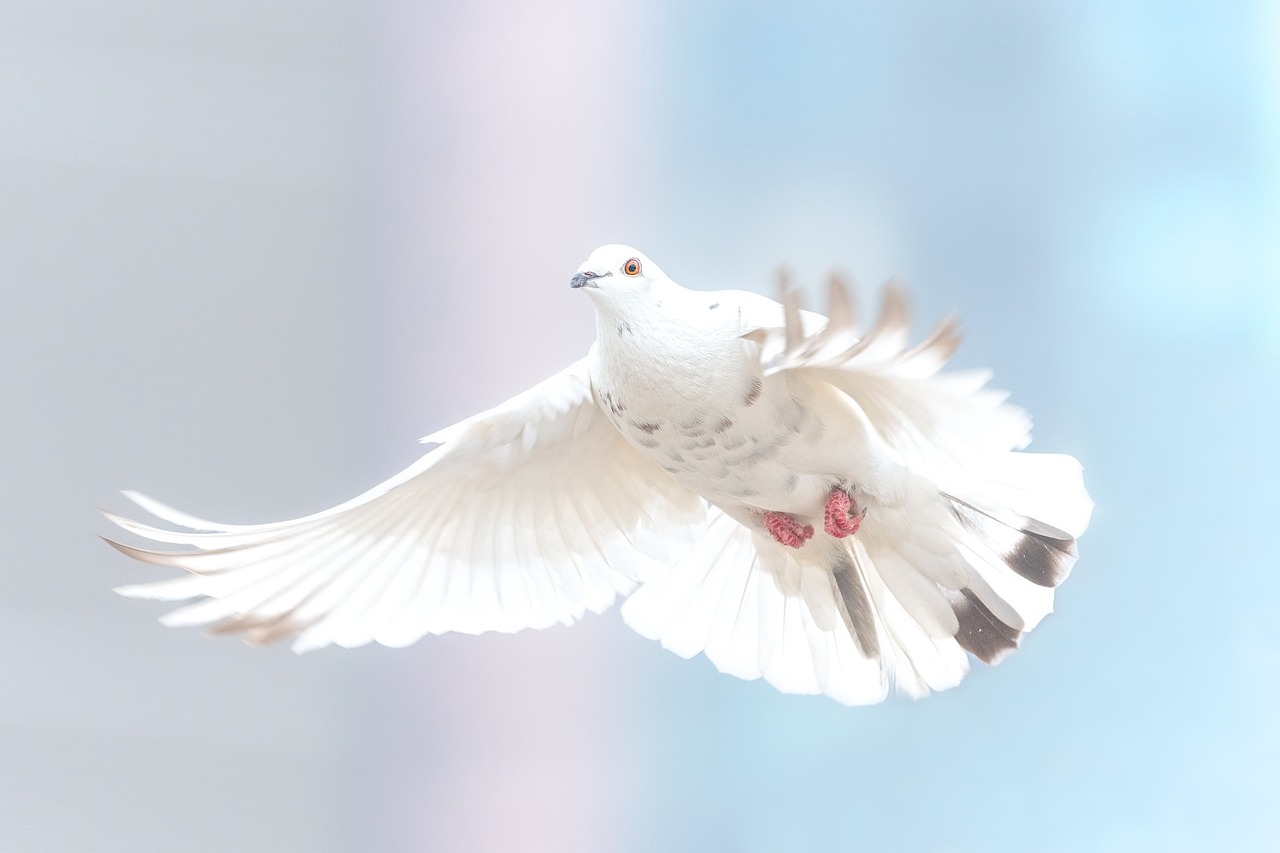Birds are feathered, winged vertebrates that are found all over the world. There are over 10,000 species of birds, and they come in a wide variety of shapes, sizes, and colors.
Table of Contents
Scientific Name
Birds belong to the class Aves, a diverse group of warm-blooded vertebrates characterized by their feathers, beaks, and unique respiratory systems that enable efficient oxygen intake during flight.
Types of Birds
There are many different types of birds, but some of the most common include:
Passerines, or songbirds, are the most diverse group of birds. They are found all over the world and have a wide variety of songs.
Waterfowl are birds that have evolved to live in water. They have waterproof feathers and webbed feet.
Birds of prey are birds that hunt other animals for food. They have sharp talons and beaks that they use to catch and kill their prey.
Pigeons and doves are small, plump birds that are often seen in urban areas. They are known for their cooing calls.
Ostriches are the largest birds in the world. They can grow up to 9 feet tall and weigh up to 350 pounds.
Evolution
The origins of birds can be traced back to feathered dinosaurs that roamed Earth millions of years ago. Over time, these ancient creatures underwent remarkable adaptations, eventually leading to the evolution of modern birds with their characteristic features.
Behaviors
Birds exhibit an extraordinary range of behaviors, from intricate mating dances to mesmerizing aerial displays. Songbirds serenade us with their melodious tunes, while birds of prey showcase their agility and hunting prowess through impressive mid-air acrobatics.
Habitat
Birds have conquered a wide range of habitats, from lush forests and open grasslands to wetlands and arid deserts. Their ability to adapt to various environments underscores their resilience and flexibility as adaptable creatures.
Diet
Birds occupy diverse niches in ecosystems, playing vital roles as pollinators, scavengers, predators, and seed dispersers. Their diets encompass a broad spectrum of foods, including nectar, insects, fruits, seeds, fish, and small mammals.
Predators and Survival Strategies
While birds have evolved various defensive mechanisms against predators, they are not exempt from the challenges of predation. Natural predators such as hawks, owls, and carnivorous mammals are part of the intricate web of life in which birds play their roles.
Reproduction and Life Cycle
Bird reproduction encompasses an assortment of strategies. Some species engage in elaborate courtship rituals and construct intricate nests, while others may opt for simpler approaches. Eggs, varying in size and color, serve as the vessels of new life, and the process of incubation and fledgling development is a testament to the tenacity of avian parents.
Population
Bird populations are integral components of ecosystems, contributing to pollination, seed dispersal, and pest control. Their presence or absence can signal the health of a habitat, making them valuable indicators of environmental changes.
Conclusion
The world of birds is a symphony of diversity and wonder, with each species contributing its unique melody to the grand orchestra of nature. Their captivating behaviors, vibrant plumage, and vital ecological roles remind us of the delicate balance that sustains life on our planet. By exploring the intricacies of avian life, we gain a deeper appreciation for the intricate relationships that shape our natural world.
FAQs
1- Do all birds migrate?
No, not all birds migrate. Migration is a behavior exhibited by certain species as they travel long distances to find suitable breeding or feeding grounds.
2- How do birds fly?
Birds achieve flight through the dynamic interaction of their wing muscles, hollow bones, and efficient respiratory systems that provide oxygen during demanding activity.
3- Can birds communicate with humans?
Birds communicate through vocalizations, body language, and visual displays. Some species, such as parrots, are known for their ability to mimic human speech.
4- What is the world’s smallest bird?
The bee hummingbird (Mellisuga helenae) holds the title of the world’s smallest bird, measuring only about 2 to 2.4 inches in length.
5- How long do birds live?
The lifespan of a bird varies greatly by species. While smaller songbirds may live only a few years, larger birds of prey can have lifespans ranging from 20 to 30 years or more.
